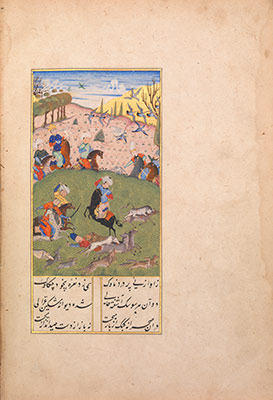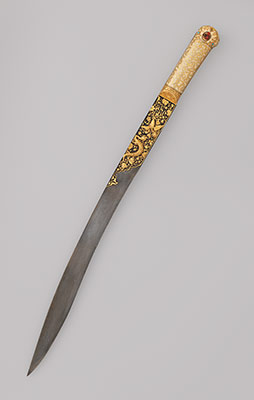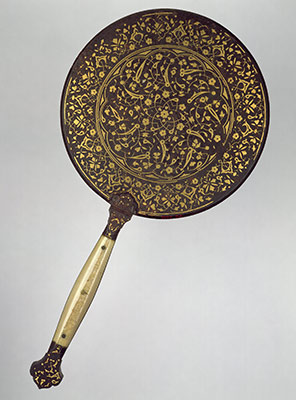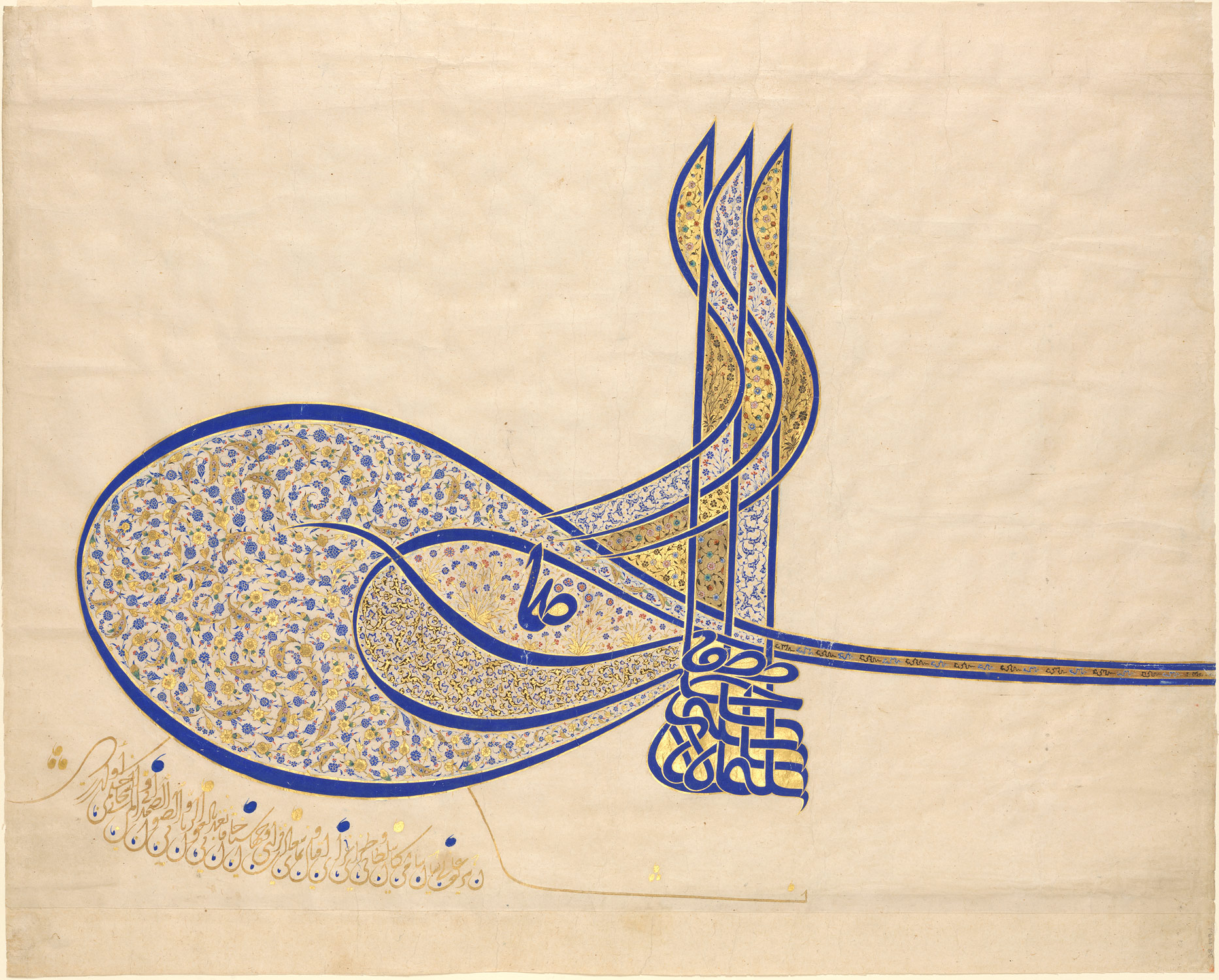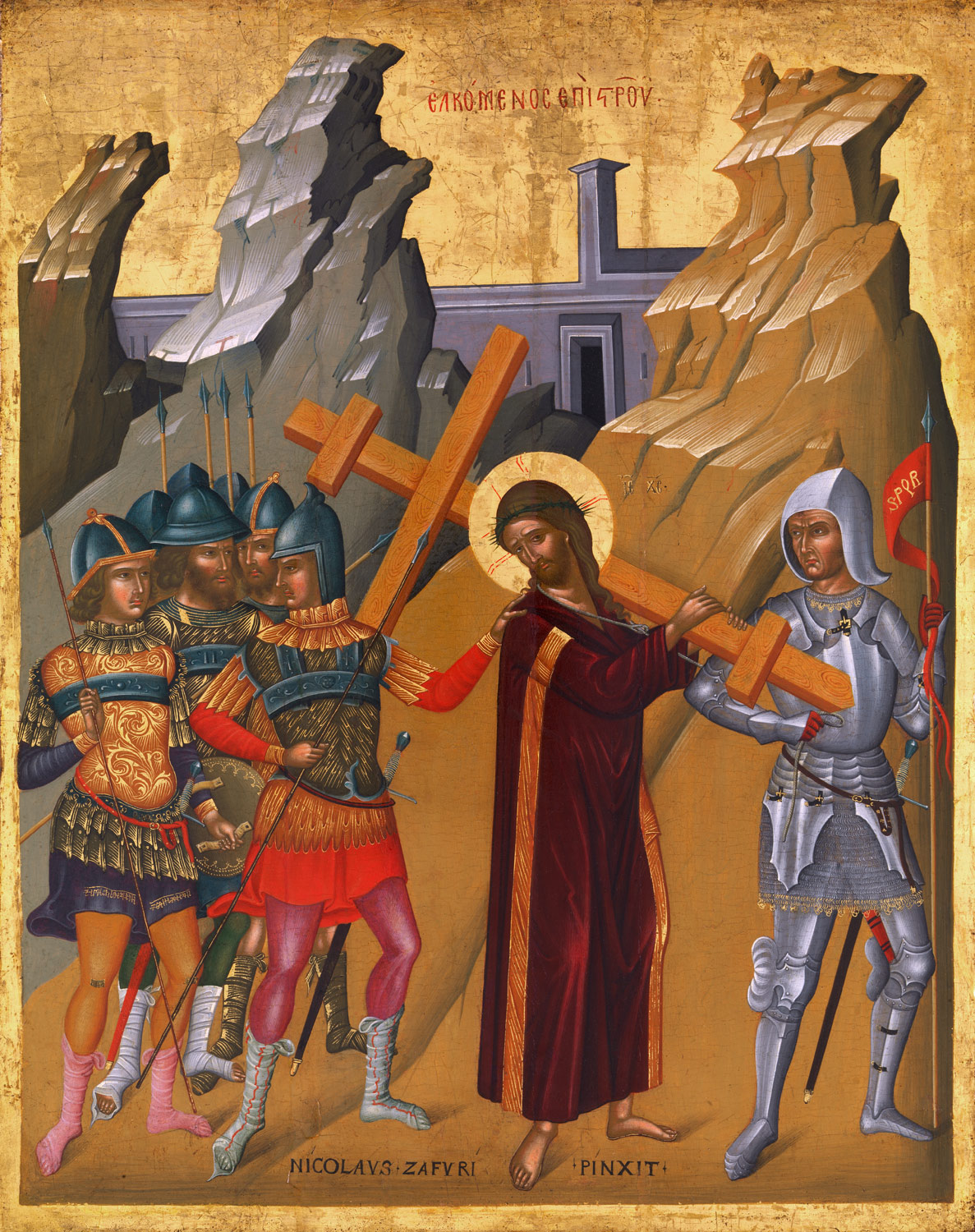The period from 1400 to 1600 in the Balkan peninsula is defined by increasing Ottoman imperial ambitions. Declining Byzantine power and decades of Ottoman expansion culminate in the capture of Constantinople, capital of the Eastern Roman Empire for over a thousand years, by the Ottomans under Mehmed II in 1453. This event has important artistic repercussions; many artists flee to Europe, taking their skills with them, while others remain, contributing to developments in the Ottoman world. By 1600, following the prosperous reign of Süleyman “the Magnificent,” the region is not only politically unified, but becomes central to an empire which dominates significant parts of three continents (Europe, Asia, and Africa).
Balkan Peninsula, 1400–1600 A.D.
Timeline
1400 A.D.
1450 A.D.
1450 A.D.
1500 A.D.
1500 A.D.
1550 A.D.
1550 A.D.
1600 A.D.
Overview
Key Events
-
early 15th century
Byzantine scholars travel to Italy, where they contribute to the revival of Greek language and culture that underlies the humanist studies of the Renaissance. Foremost among them is Manuel Chrysoloras (ca. 1353–1415), who travels to Italy in the 1390s and teaches at the University of Florence. He writes a Greeks grammar as well as translations of Homer and Plato.
-
from 1420
Venice controls territories along Croatia’s Dalmatian coast. Italianate sculptural and architectural motifs appear on public buildings, particularly in the cities of Trogir, Split, and Dubrovnik. Some Croatian painters, including illuminator Giulio Clovio (1498–1578)—one of the most important Croatian artists of the period—travel to Italy for instruction and employment, fully absorbing Renaissance style.
-
1438–1447
The Üç Serefeli Mosque (named after its minaret with three galleries), commissioned by the Ottoman ruler Murad II (r. 1421–44, 1446–51) in the capital city of Edirne (Adrianople), represents a new type of Ottoman mosque with a central dome dominating smaller domes. The centrally planned domed prayer hall will become a trademark of later Ottoman mosque architecture.
-
1453
The Byzantine empire, reduced to the city of Constantinople and its environs, falls to the Ottoman armies led by Mehmed II. A last outpost of the empire, the city of Mystras in southern Greece falls in 1460. Christians in formerly Byzantine territories maintain some degree of self-rule through offices of the Orthodox Church, and a number of churches and monasteries have their privileges continued by the sultan. The modern name for the city, Istanbul, gradually supercedes Constantinople in common speech. Istanbul is a permutation of the Greek phrase eis ten polin, which means “to the city” or “in the city.”
-
1453–1481
Mehmed II (“the Conqueror,” r. 1444–46 and 1451–81) establishes Constantinople as the capital of his growing world empire and begins an ambitious rebuilding program in order to revive the city. Hagia Sophia, the great sixth-century Byzantine church, becomes an imperial mosque and a source of inspiration for Ottoman architects. Among other works, Mehmed commissions two palaces (the Old and the New, later Topkapi, palaces) and a mosque complex (the Mehmediye, later Fatih complex), combining religious, educational, social, and commercial functions. Ottoman, Iranian, and European artists and scholars flock to Mehmed’s court, making him one of the greatest Renaissance patrons of his time.
-
1481–1512
During the reign of Bayezid II, a conservative religious reaction surfaces against Mehmed’s cosmopolitan outlook and centralizing interests.
-
1492
Throughout the fifteenth century, and especially after being expelled from Spain in 1492, substantial Jewish communities are reconstituted throughout the Balkans at the invitation of the Ottoman sultan. As many as 20,000 Jews settle in Thessaloniki, in northern Greece, all eventually adopting Ladino as their spoken language—a combination of Spanish, Greek, and Hebrew. This population will swell to about 80,000 by 1900, but is all but wiped out during the Holocaust. Sizable Jewish populations are also established in Constantinople and other cities in Ottoman territories.
-
1512
Selim I (“the Grim”) usurps power from his father Bayezid. In his eight-year rule, Selim tries to suppress sectarian factions, which brings him into conflict with Safavid Iran. The Ottoman victory at a battle in eastern Anatolia (1514) leads to the increased presence of Iranian artists and works of art at the Ottoman court. By the time of his death in 1520, Selim has added Syria, Egypt, and the Holy Cities of Islam (Mecca and Medina) to the Ottoman realm. This expansion, which places the Ottoman empire in a leading position in the Islamic world, legitimizes claims to the caliphate.
-
1520–1566
The reign of Süleyman, popularly known as “the Magnificent” or “the Lawmaker,” is often regarded as “the Golden Age” and is defined by geographic expansion, trade, economic growth, and tremendous cultural and artistic activity. Istanbul becomes the capital of an empire whose control extends from present-day Hungary to the Caucasus, from Crimea to the eastern Mediterranean, Arabian Peninsula, and North Africa. Imperial workshops as well as guilds are important for artistic production. While developments occur in every artistic field, those in architecture, calligraphy, manuscript painting, textiles, and ceramics are particularly significant. Calligrapher Ahmad Karahisari and painters Shah Quli and Kara Memi are active during this period.
-
539–1588
Sinan, son of a Christian stonemason, becomes one of the most celebrated Islamic architects, and chief of the Corps of Royal Architects under sultans Süleyman I, Selim II (r. 1566–74), and Murad III (r. 1574–95). Sinan’s most outstanding achievements are the mosque complexes of Süleymaniye in Istanbul (1550–57), inspired in part by the nearby sixth-century church of Hagia Sophia, and Selimiye in Edirne (1568–74). Along with the mosques, these pious foundations encompass schools, hospices, and soup kitchens, supported by shops, markets, baths, and caravanserais.
-
1541
The birth of Domenikos Theotokopoulos, later known as El Greco, in Candia (not Iraklion), Crete. Venetian control over the island of Crete made it possible for El Greco, a Venetian citizen, to travel to Italy in his late teens or early twenties to study painting at the studio of Titian. Although it is often difficult to find hints of El Greco’s Greek heritage in his works, the artist continued to sign his paintings in Greek throughout his long and successful career.
-
ca. 1566–1600
In the period following Süleyman’s death, architectural and artistic activity is resumed under imperial patrons as well as those from the ruling elite. Commissions continue to be carried out outside of the imperial capital, with many pious foundations established across the Balkans. A notable patron, Grand Vizier Mehmed Pasha of Sokol (in present-day Bosnia), orders various buildings to be constructed in his Balkans homeland, including the eponymous bridge over the Drina at Visegrad (1577). Born to a poor Christian family, Sokollu rises through the ranks of the Ottoman civil administration, while his brother becomes a high prelate in the Orthodox Church. Renowned artists from this period include the court painter Osman and chief jeweler Mehmed.
Citation
“Balkan Peninsula, 1400–1600 A.D.” In Heilbrunn Timeline of Art History. New York: The Metropolitan Museum of Art, 2000–. http://www.metmuseum.org/toah/ht/?period=08®ion=eusb (October 2002)
